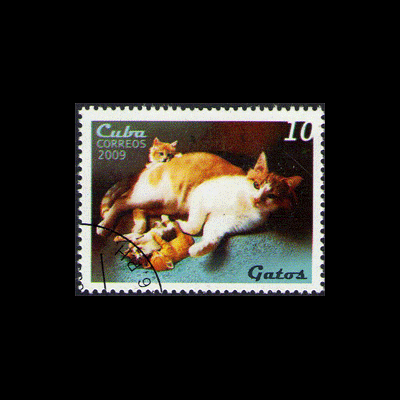
Diagnosis and control of epilepsy in the cat
Diagnosing and controlling feline epilepsy
source: Clare Rusbridge
In Practice vol 27 no 4, April 2005
starts p 208, 7 pages long
Cats with epilepsy tend to suffer chronic, partial seizures, often clustered, in contrast to generalised seizures more typical in dogs. Seizures may occur for many reasons, including poisoning or nutritional deficits, and may not be due to epilepsy. Where epilepsy is the cause, this may be due to tumours, or scars, and some cats are also born with epilepsy. Taking a full history helps with diagnosis, for example tumours and some infectious diseases can be associated with behavioural changes.
Cats can be treated to remove causes of epilepsy, or given antiepileptic drug therapy, especially if there are frequent sizures or they are increasing in frequency, or are long and happening in clusters. Phenobarbitol is often used to control seizures. Owners need to keep seizure diaries recording how often and when seizures happen, and how long they last. Drug serum concentrations should be monitored by the vet, and liver function tests carried out in case drugs are affecting the liver. Dosing at regular times is important, but cats are independent and do not always like tablets, so owners may find this difficult. Adding diazepam in small amounts to phenobarbitol may be helpful. Some authors suggest that taurine supplements might also help cats with epilepsy.
CA,HD


